Home>Articles>Why Is My Carbon Monoxide Detector Flashing Red
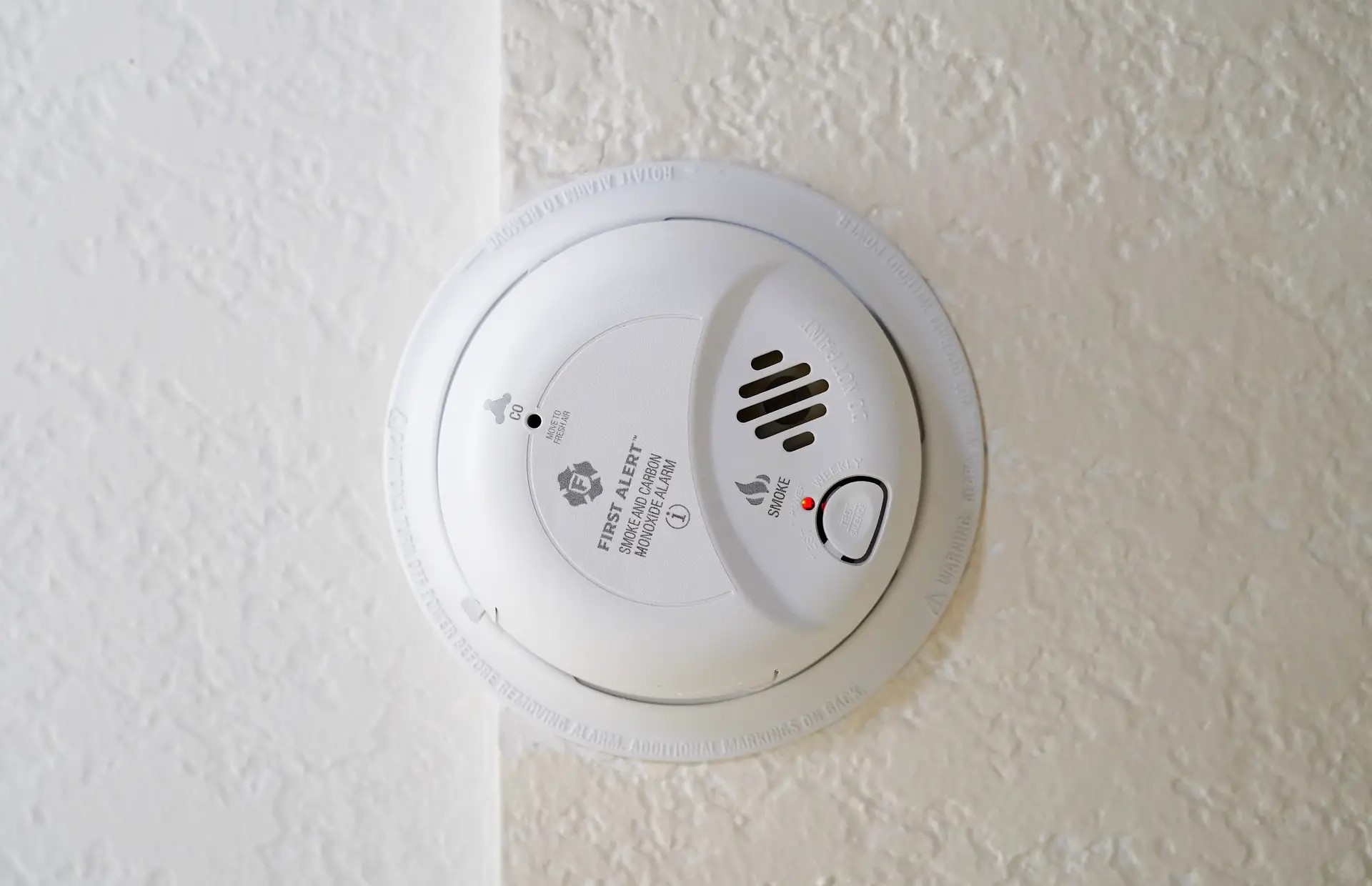

Articles
Why Is My Carbon Monoxide Detector Flashing Red
Modified: October 20, 2024
Learn why your carbon monoxide detector is flashing red in this informative article. Discover what to do and how to keep your home safe.
(Many of the links in this article redirect to a specific reviewed product. Your purchase of these products through affiliate links helps to generate commission for Storables.com, at no extra cost. Learn more)
Introduction
A carbon monoxide detector is a crucial safety device that is designed to alert occupants of a building when there are dangerous levels of carbon monoxide (CO) present in the air. This colorless and odorless gas is extremely dangerous, as it can cause serious health problems and even be fatal if not detected and addressed promptly.
One of the most common features of a carbon monoxide detector is a flashing red light. This serves as an important visual indicator that there may be a potential issue with the detector or an elevated level of carbon monoxide in the environment. While seeing a red flashing light on your carbon monoxide detector can cause concern, it is important to understand the meaning behind it and take appropriate actions to ensure your safety.
In this article, we will explore why a carbon monoxide detector may have a red flashing light and what it may signify. We will also discuss the possible reasons behind this warning and provide guidance on what steps you should take to address the issue.
Key Takeaways:
- A red flashing light on a carbon monoxide detector can indicate low battery, malfunction, high CO levels, or testing mode. Prompt action, regular maintenance, and understanding the meanings are crucial for ensuring safety.
- When faced with a red flashing light, take immediate steps such as battery replacement, evacuation for high CO levels, and professional inspection. Prioritize safety and follow manufacturer guidelines for optimal detector performance.
Read more: Why Does Carbon Monoxide Detector Beeps
How does a carbon monoxide detector work?
Before delving into the reasons behind a red flashing light on a carbon monoxide detector, it is important to understand how these devices work. Carbon monoxide detectors operate based on the principle of electrochemical sensing, which means they use chemical reactions to detect the presence of carbon monoxide gas.
Inside the detector, there is a sensor that is designed to react with carbon monoxide molecules. Typically, this sensor consists of two electrodes separated by an electrolyte solution. When carbon monoxide is present, it interacts with the electrodes and generates an electric current.
The detector’s electronic circuitry analyzes the strength of the electric current and converts it into an alarm signal when it exceeds a certain threshold. This triggers the red flashing light, along with an audible alarm, to alert the occupants of the potential danger.
The sensitivity of carbon monoxide detectors is usually measured in parts per million (ppm), which refers to the concentration of carbon monoxide in the surrounding air. Different models have different activation thresholds, but most will trigger an alarm when the concentration level reaches between 50 ppm and 70 ppm over a specific time period.
It is important to note that carbon monoxide detectors have a limited lifespan, typically around 5-7 years. Over time, the sensor’s performance may degrade, and the detector may become less accurate or sensitive in detecting carbon monoxide. It is recommended to replace older detectors to ensure optimal safety.
Understanding the meaning of a red flashing light
When you notice a red flashing light on your carbon monoxide detector, it is a clear indication that there is an issue that requires attention. The specific meaning of the red flashing light can vary depending on the model and manufacturer of the detector, but here are some common interpretations:
- Low battery warning: In many cases, a red flashing light on a carbon monoxide detector signifies a low battery. It is the device’s way of alerting you that the battery needs to be replaced. It is crucial to address this issue promptly, as a non-functioning or improperly powered detector cannot effectively protect you from carbon monoxide exposure.
- Malfunction or sensor failure: A red flashing light may also indicate a malfunction or sensor failure within the detector. This could be a result of a damaged or faulty sensor, electronic circuitry issues, or other technical problems. If you have ruled out a low battery as the cause, it is recommended to consult the manufacturer’s instructions or contact their customer support for further guidance.
- High levels of carbon monoxide: In some cases, a red flashing light can be an indication of elevated levels of carbon monoxide in the environment. This could mean that there is a potential source of carbon monoxide, such as a faulty appliance or ventilation system, which needs to be addressed immediately to ensure your safety. If you suspect high levels of carbon monoxide, evacuate the premises and contact emergency services.
- False alarms or testing mode: On certain models, a red flashing light may be triggered during a self-test or when the detector needs calibration. In such cases, it is usually accompanied by a specific pattern or sequence of flashes. Consult the user manual or manufacturer’s instructions to determine if the detector is in testing mode and if any action is required.
It is important to remember that while a red flashing light on a carbon monoxide detector can provide vital information, it is not the sole indicator of potential danger. Always be vigilant and take appropriate action based on the situation at hand. Regularly testing and maintaining your carbon monoxide detectors can help ensure their optimal performance and accuracy.
Possible reasons for a red flashing light on a carbon monoxide detector
When your carbon monoxide detector is flashing red, it is important to determine the underlying cause to ensure your safety. Here are some possible reasons for a red flashing light on a carbon monoxide detector:
- Low battery warning: One of the most common reasons for a red flashing light is a low battery. Carbon monoxide detectors typically have a built-in feature to alert you when the battery is running low. This is a crucial reminder to replace the battery promptly to ensure the device functions properly.
- Malfunction or sensor failure: Another possibility is that there may be a malfunction or sensor failure within the carbon monoxide detector. This can occur due to various reasons, such as damage to the sensor or issues with the electronic circuitry. If you have ruled out a low battery as the cause, it is recommended to check the user manual or contact the manufacturer for troubleshooting guidance.
- High levels of carbon monoxide: A red flashing light can be an indication of high levels of carbon monoxide in the surrounding environment. This could be caused by a faulty appliance, improper ventilation, or other sources of carbon monoxide. If you suspect high levels of carbon monoxide, it is essential to evacuate the premises immediately and seek professional assistance.
- False alarms or testing mode: Some carbon monoxide detectors have a testing mode or self-diagnostic feature that triggers a red flashing light. This is designed to ensure that the device is functioning correctly. If you suspect the detector is in testing mode, refer to the user manual for instructions on how to exit the mode and restore normal operation.
- Other technical issues: There may be other technical issues contributing to the red flashing light, such as a loose connection or power supply problems. Inspect the detector for any visible signs of damage or loose wires and ensure it is receiving proper power. If necessary, consult a professional technician to diagnose and resolve any technical issues.
When faced with a red flashing light on your carbon monoxide detector, it is essential not to ignore it. Assess the situation, follow the manufacturer’s instructions, and take appropriate action to address the underlying cause. Your safety and well-being should always be the top priority when it comes to carbon monoxide detection.
Low battery warning
A red flashing light on a carbon monoxide detector is often an indicator of a low battery. This is an important warning that should not be ignored, as a properly functioning detector is essential for your safety.
When the battery of a carbon monoxide detector is running low, it may not have enough power to effectively detect and alert you to the presence of carbon monoxide in your environment. This can put you at risk of exposure to this dangerous gas without any warning.
To address the low battery warning on your carbon monoxide detector, follow these steps:
- Locate the detector: Identify the specific carbon monoxide detector that is flashing the red light. Different models may have different indicators or locations for the low battery warning.
- Read the user manual: Refer to the user manual provided by the manufacturer for specific instructions, as each model may have its own battery replacement process.
- Remove the old battery: Carefully remove the old battery from the detector. Pay attention to the battery type specified by the manufacturer and replace it with a new battery of the same type. Common types of batteries used in carbon monoxide detectors include AA, AAA, or 9V.
- Insert the new battery: Insert the fresh battery into the detector, ensuring it is properly aligned with the positive and negative terminals. Follow the manufacturer’s instructions for correct battery orientation.
- Test the detector: Once the new battery is inserted, test the detector to ensure it is functioning correctly. Most carbon monoxide detectors have a test button that allows you to simulate a carbon monoxide event and check if the alarm and light indicators are working properly.
- Monitor the detector: After replacing the battery, monitor the detector to ensure that the red flashing light no longer appears. If the issue persists or if you encounter any difficulties, consult the manufacturer for further assistance.
It is important to note that carbon monoxide detectors require regular maintenance, including battery replacement, to ensure they are always functioning optimally. It is recommended to replace the batteries in your carbon monoxide detectors at least once a year, or according to the manufacturer’s guidelines.
By promptly addressing the low battery warning on your carbon monoxide detector, you can ensure that your detector is always ready to provide early detection and warning in the event of dangerous carbon monoxide levels, keeping you and your loved ones safe from harm.
Read more: Why Does My Carbon Monoxide Detector Keep Beeping In My RV
Malfunction or sensor failure
If your carbon monoxide detector is flashing a red light, it could indicate a malfunction or sensor failure. While carbon monoxide detectors are designed to be reliable and accurate, like any electronic device, they can experience technical issues over time.
If you have ruled out a low battery as the cause of the flashing red light, here are some steps you can take to troubleshoot a possible malfunction or sensor failure:
- Check for visible damage: Inspect the carbon monoxide detector for any visible signs of damage, such as cracks or broken parts. Physical damage to the device can affect its functionality and accuracy. If you notice any damage, it is advisable to replace the detector.
- Reset the detector: Some carbon monoxide detectors have a reset button or a reset process outlined in the user manual. Try resetting the detector to see if it resolves the issue. Again, refer to the manufacturer’s instructions for specific steps on how to reset your particular model.
- Clean the detector: Dust and debris can accumulate on the sensor over time, leading to false readings or sensor malfunctions. Gently clean the exterior of the detector using a soft cloth, and if possible, follow the manufacturer’s guidelines for cleaning the internal components.
- Contact the manufacturer or customer support: If the red flashing light persists and the above steps do not resolve the issue, it is recommended to contact the manufacturer or their customer support for further assistance. They can provide specific troubleshooting guidance or advise on whether the detector needs repair or replacement.
- Consider professional inspection: If you are unsure about the reliability of your carbon monoxide detector or suspect a more serious issue, you may want to consider having it inspected by a professional technician. They can evaluate the detector’s performance, conduct tests, and identify any underlying sensor failures or technical malfunctions.
Remember that carbon monoxide detectors are life-saving devices, and their proper functioning is crucial for your safety. If you suspect a malfunction or sensor failure, it’s important to address it promptly to ensure accurate detection and protection against carbon monoxide poisoning.
Regular maintenance, such as cleaning the detector and replacing batteries according to the manufacturer’s instructions, can also help prevent malfunctions and prolong the lifespan of the detector. By staying vigilant and taking proactive steps, you can ensure the effectiveness of your carbon monoxide detection system.
Replace the batteries in your carbon monoxide detector if it is flashing red. If the issue persists, contact a professional to inspect the detector.
High levels of carbon monoxide
If your carbon monoxide detector is flashing a red light, it could be indicating the presence of high levels of carbon monoxide in your environment. This is a serious concern, as carbon monoxide is a toxic gas that can be life-threatening when concentrated in high amounts.
Here are the steps to take if you suspect high levels of carbon monoxide:
- Evacuate immediately: If your carbon monoxide detector is flashing red and you suspect high levels of carbon monoxide, evacuate the building immediately. Do not waste time trying to troubleshoot the detector or locate the exact source of the gas. Your priority should be getting yourself and others to a safe location.
- Seek fresh air: Once outside, find an area with fresh air to minimize exposure to carbon monoxide. Move as far away as possible from the building or any potential carbon monoxide sources.
- Contact emergency services: Dial the emergency services (such as 911) and inform them of the potential carbon monoxide emergency. Provide them with your location, details of the situation, and any symptoms you or others may be experiencing.
- Do not re-enter the building: Under no circumstances should you re-enter the building until emergency responders or professionals have inspected and deemed it safe. Carbon monoxide can be lethal, and only trained individuals should handle the situation.
- Investigate the source: Once emergency services arrive, they will assess the situation, identify the source(s) of carbon monoxide, and take appropriate actions to mitigate the danger. It could be a malfunctioning appliance, faulty ventilation system, or other factors leading to the gas buildup.
- Follow professional advice: Cooperate with emergency responders and professionals, and follow their instructions and recommendations. They may need to ventilate the building, temporarily shut off gas or fuel sources, or take other measures to ensure everyone’s safety.
- Have professionals inspect and repair: After the incident, it is crucial to have professionals inspect and repair the source of the carbon monoxide. This could involve contacting a licensed HVAC technician, plumber, or other qualified professionals who can address the underlying issue.
Remember, high levels of carbon monoxide can be life-threatening, and immediate action is vital. Carbon monoxide poisoning symptoms may include headaches, nausea, dizziness, confusion, and in severe cases, loss of consciousness or death. If you or others are experiencing any symptoms, seek medical attention as soon as possible.
Regularly maintaining your appliances, ensuring proper ventilation, and installing carbon monoxide detectors in appropriate locations can help prevent the buildup of this deadly gas. Taking proactive measures and staying vigilant can protect you and your loved ones from the risks associated with carbon monoxide exposure.
False alarms or testing mode
If you see a red flashing light on your carbon monoxide detector, it is important to consider the possibility of false alarms or testing mode. Carbon monoxide detectors are designed to perform self-tests or have features that allow users to test their functionality periodically. These features can trigger a red flashing light, indicating that the detector is in testing mode or has detected a non-existent carbon monoxide event.
To determine if the red flashing light on your carbon monoxide detector is due to false alarms or testing mode, follow these steps:
- Refer to the user manual: Check the user manual provided by the manufacturer for information specific to your model. Look for instructions on how to interpret the flashing light patterns and understand the detector’s testing mode.
- Identify the testing mode: If your carbon monoxide detector has a testing mode, it usually involves pressing a dedicated test button or following a certain sequence of actions. Consult the user manual to confirm whether the red flashing light corresponds to the testing mode.
- Follow the testing mode instructions: If you determine that the detector is in testing mode, follow the instructions provided by the manufacturer to exit the testing mode. This may involve pressing a designated button or allowing the detector to complete its self-test cycle.
- Monitor the detector after testing: Once you have exited the testing mode, observe the detector for a period of time to ensure that the red flashing light does not reappear. If the light continues to flash or if you have any doubts, contact the manufacturer for further guidance.
- Consider the possibility of a false alarm: In some cases, carbon monoxide detectors may experience false alarms due to external factors such as humidity, temperature changes, or exposure to certain chemicals. If the red flashing light persists despite following the instructions, it may be worth considering the possibility of a false alarm and seeking professional assistance if needed.
While false alarms and testing modes can be a temporary inconvenience, it is crucial not to dismiss any potential carbon monoxide threats. If you are uncertain about the cause of the red flashing light or if you suspect the presence of carbon monoxide, it is always better to err on the side of caution and follow the appropriate safety protocols.
Regularly test your carbon monoxide detectors to ensure they are functioning properly, and familiarize yourself with the specific recommendations provided by the manufacturer. By doing so, you can be confident in the reliable performance of your carbon monoxide detection system and the safety it provides.
What to do when your carbon monoxide detector is flashing red
When your carbon monoxide (CO) detector is flashing a red light, it is important to take immediate action to ensure your safety. Here are the steps to follow when you notice the red flashing light:
- Stay calm: The first and most important thing is to remain calm. It is natural to feel concerned or worried, but it’s crucial to stay composed and focused during this situation.
- Do not ignore the alarm: A red flashing light on a carbon monoxide detector is designed to alert you to a potential issue. Never ignore the alarm or assume it’s a false alarm without proper investigation.
- Evacuate the premises: If you suspect high levels of carbon monoxide or if you are unsure about the source or cause of the alarm, evacuate everyone from the building immediately. Do not waste time trying to locate the exact source of the gas.
- Call emergency services: Once you are outside and in a safe location, call your local emergency services or the appropriate authorities (e.g., 911) to report the potential carbon monoxide emergency. Provide them with accurate information, including your location, the fact that your CO detector is flashing red, and any symptoms you or others may be experiencing.
- Do not re-enter the building: Under no circumstances should you re-enter the building until it has been deemed safe by professionals. Carbon monoxide is a toxic gas, and exposure to high levels can be life-threatening. Leave the assessment and remediation to properly trained individuals.
- Seek medical attention if necessary: If anyone is displaying symptoms of carbon monoxide poisoning, such as headaches, dizziness, nausea, confusion, or difficulty breathing, seek immediate medical attention. Inform the healthcare provider about the potential carbon monoxide exposure.
- Address the source: After emergency services arrive and ensure the safety of the premises, they will work to identify and address the source of the carbon monoxide. It may involve venting the area, shutting off gas or fuel sources, or repairing faulty appliances or ventilation systems.
- Seek professional inspection: Once the immediate danger has been dealt with, consider having a professional inspection of your appliances, heating systems, and ventilation. This can help identify any potential issues and prevent future carbon monoxide incidents.
- Replace or repair the detector: If your carbon monoxide detector continues to flash red after proper investigation, it may be necessary to replace or repair it. Consult the manufacturer’s guidelines or contact their customer support for guidance on the next steps.
Remember, carbon monoxide is a silent and potentially deadly gas. Taking immediate action and following proper safety protocols when your carbon monoxide detector is flashing red can save lives. Regularly maintaining your appliances, ensuring proper ventilation, and installing carbon monoxide detectors in appropriate locations are crucial steps to prevent future incidents.
Always prioritize your safety and the safety of others when dealing with potential carbon monoxide emergencies. If in doubt, it is better to err on the side of caution and seek professional assistance. Your well-being is worth it.
Steps to troubleshoot a red flashing light on your carbon monoxide detector
If your carbon monoxide (CO) detector is flashing a red light, there are several steps you can take to troubleshoot the issue. Here’s a guide to help you troubleshoot a red flashing light on your carbon monoxide detector:
- Check the batteries: The first step is to ensure that the batteries in your carbon monoxide detector are not low or dead. Replace the batteries with fresh ones and see if the red flashing light persists. Remember to follow the manufacturer’s guidelines for battery replacement.
- Inspect for debris: Dust, dirt, and debris can interfere with the proper functioning of your carbon monoxide detector. Gently clean the detector using a soft cloth, removing any accumulated dirt or debris from the vents or sensors. This can help eliminate false alarms or sensor malfunctions.
- Ensure proper placement: Verify that your carbon monoxide detector is installed in the correct location. It should be placed at a height of around chest level and away from any vents, windows, or sources of excessive heat or humidity. Improper placement can lead to inaccurate readings or false alarms.
- Check for other sources of potential interference: Some electronic devices or appliances can emit signals or electrical fields that may interfere with the operation of your carbon monoxide detector. Move any potential sources of interference away from the detector and observe if the red flashing light stops.
- Reset the detector: If none of the above steps resolve the issue and your carbon monoxide detector has a reset button, try resetting the detector. Refer to the user manual for specific instructions on how to reset your particular model.
- Test the detector: After troubleshooting the possible causes, it’s important to test your carbon monoxide detector to ensure it is functioning properly. Manufacturers typically provide instructions on how to test their specific models. Follow these instructions to simulate a carbon monoxide event and confirm that the detector activates both the audible alarm and the visual indicator correctly.
- Consult the manufacturer’s guidelines: If the red flashing light persists or if you are uncertain about any steps, consult the user manual provided by the manufacturer. They may have specific troubleshooting tips or guidance for your particular model.
- Contact the manufacturer or customer support: If the red flashing light continues despite troubleshooting efforts, reach out to the manufacturer’s customer support. They can provide further assistance, answer any questions, or guide you through the process of repairing or replacing the detector if necessary.
Remember that carbon monoxide detectors are critical for your safety, and it is important to address any issues promptly. Regularly testing and maintaining your detectors can help ensure their optimal performance and accuracy in detecting this potentially life-threatening gas.
If you have followed the troubleshooting steps and the red flashing light persists, it is recommended to err on the side of caution and consider professional help. Carbon monoxide is a serious safety concern, and it is better to be safe and seek expert advice to ensure the proper functioning of your carbon monoxide detection system.
Conclusion
A red flashing light on a carbon monoxide detector is not something to be taken lightly. It serves as a crucial warning that there may be a potential issue with the detector or an elevated level of carbon monoxide in the environment. Understanding the meaning behind the red flashing light and taking appropriate actions is essential to ensuring your safety and the safety of those around you.
In this article, we discussed how carbon monoxide detectors work, the significance of a red flashing light, and the possible reasons behind it. We explored scenarios such as low battery warnings, malfunction or sensor failure, high levels of carbon monoxide, and false alarms or testing mode.
When faced with a red flashing light on your carbon monoxide detector, it is important to act swiftly and accordingly. This may involve replacing the batteries, cleaning the detector, evacuating the premises, contacting emergency services, or seeking professional assistance.
Preventative measures such as regular maintenance, proper placement of carbon monoxide detectors, and following manufacturer guidelines can help minimize the occurrence of false alarms and ensure the detectors are in optimal working condition.
Remember, carbon monoxide is an invisible and silent threat that can have serious health consequences. Installing carbon monoxide detectors and being proactive in addressing any issues or red flashing lights is essential to safeguarding against carbon monoxide poisoning.
By understanding the meaning of a red flashing light on a carbon monoxide detector and following appropriate steps, you can prioritize your safety and the safety of your loved ones. Stay vigilant, take prompt action, and stay informed about carbon monoxide safety guidelines to prevent any potential harm from this deadly gas.
Ultimately, maintaining a functional and accurate carbon monoxide detection system is an essential part of creating a safe living environment.
Frequently Asked Questions about Why Is My Carbon Monoxide Detector Flashing Red
Was this page helpful?
At Storables.com, we guarantee accurate and reliable information. Our content, validated by Expert Board Contributors, is crafted following stringent Editorial Policies. We're committed to providing you with well-researched, expert-backed insights for all your informational needs.
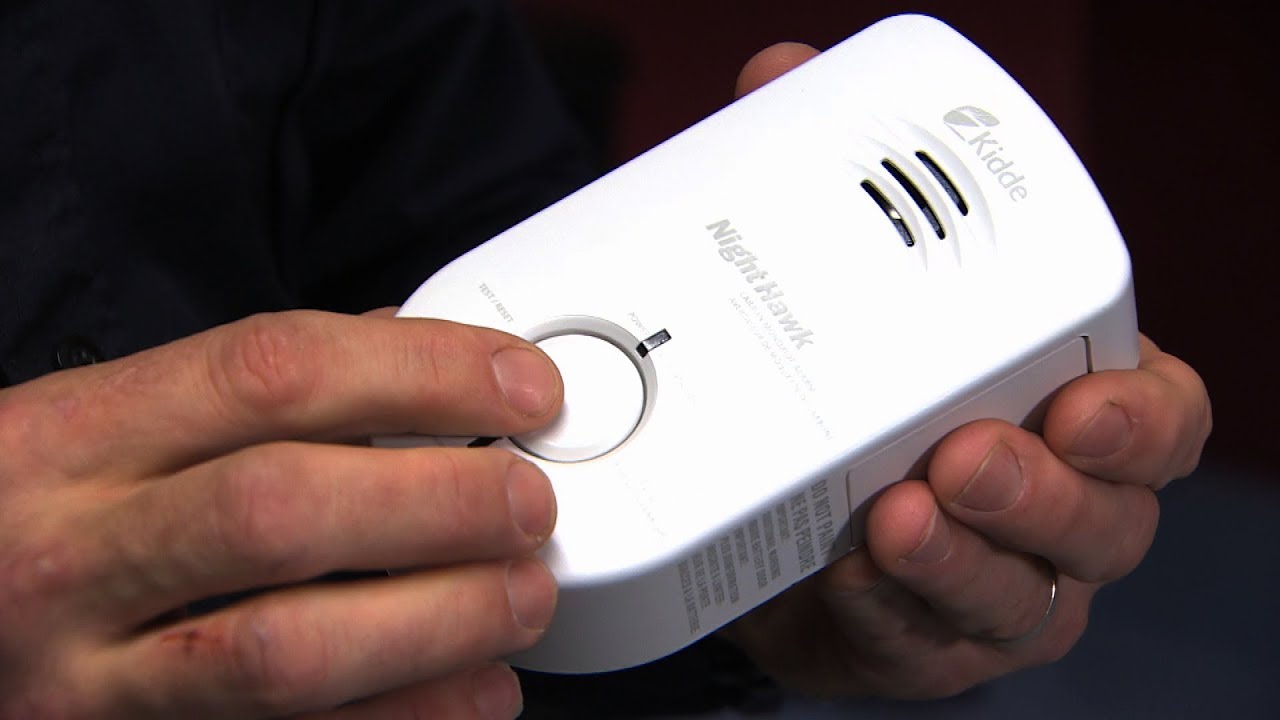
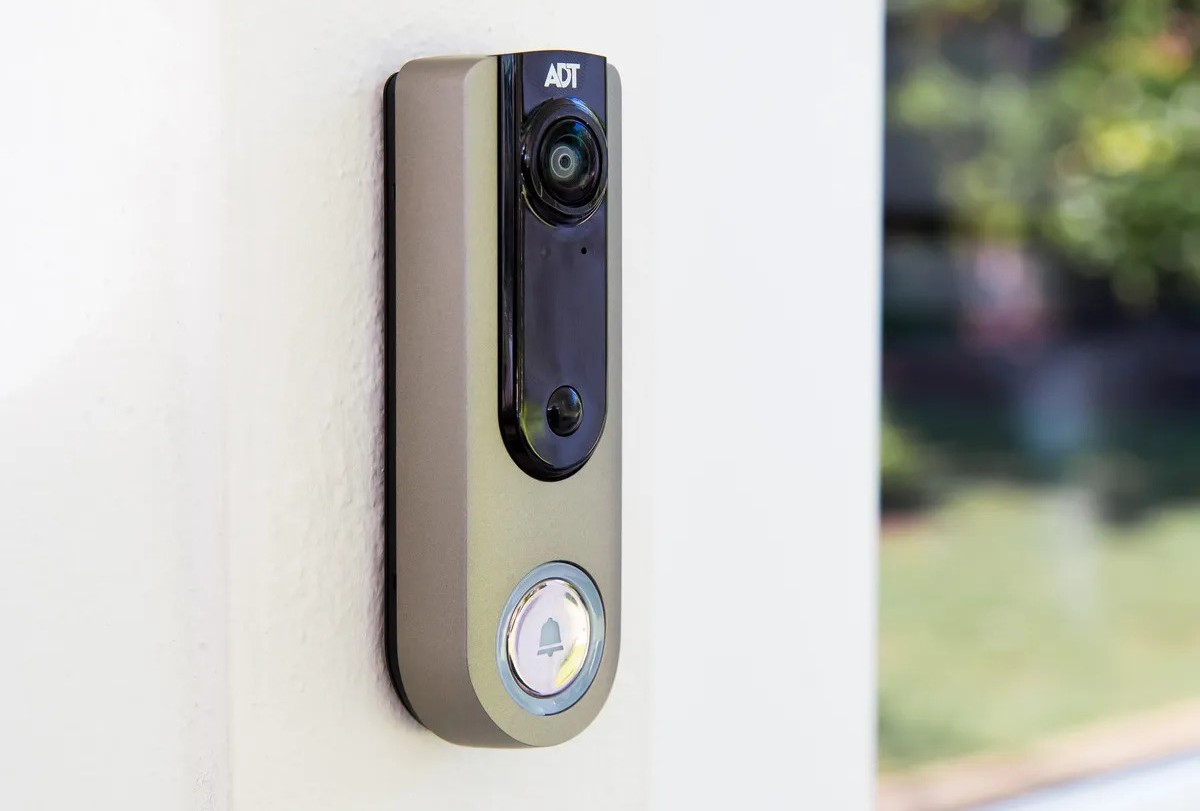
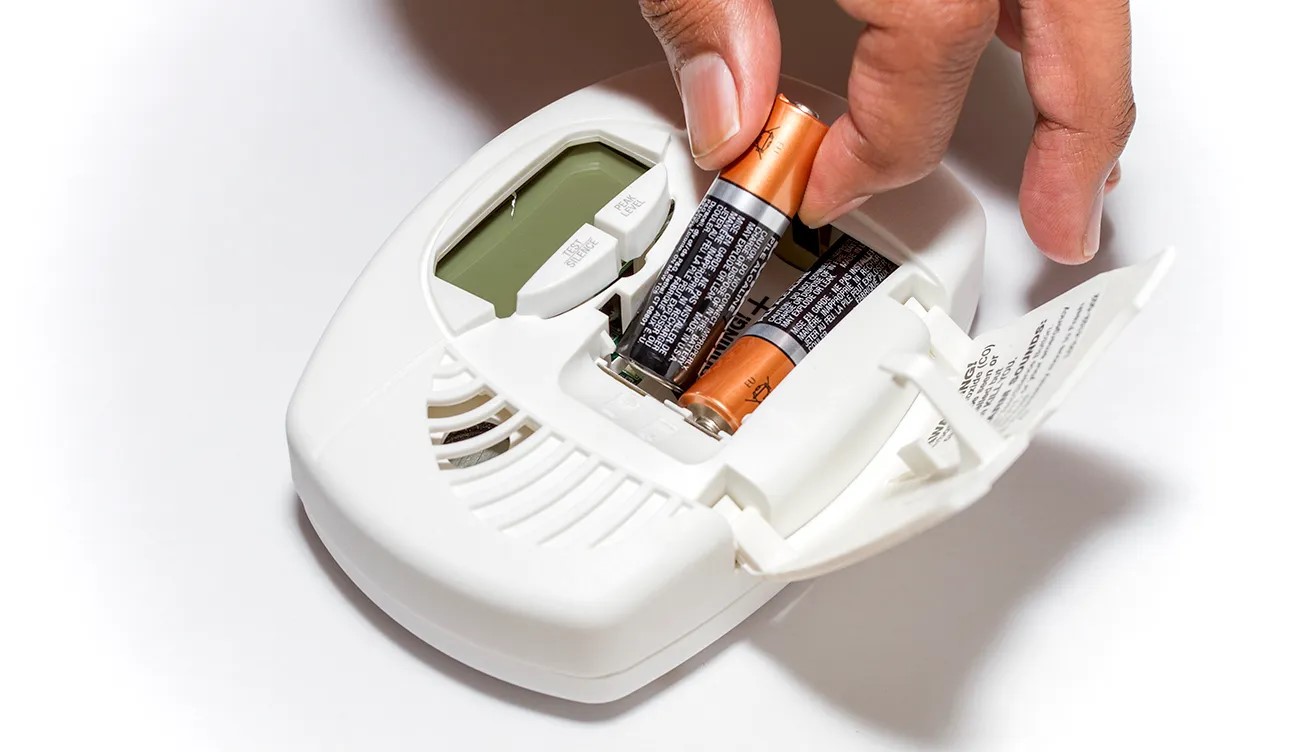
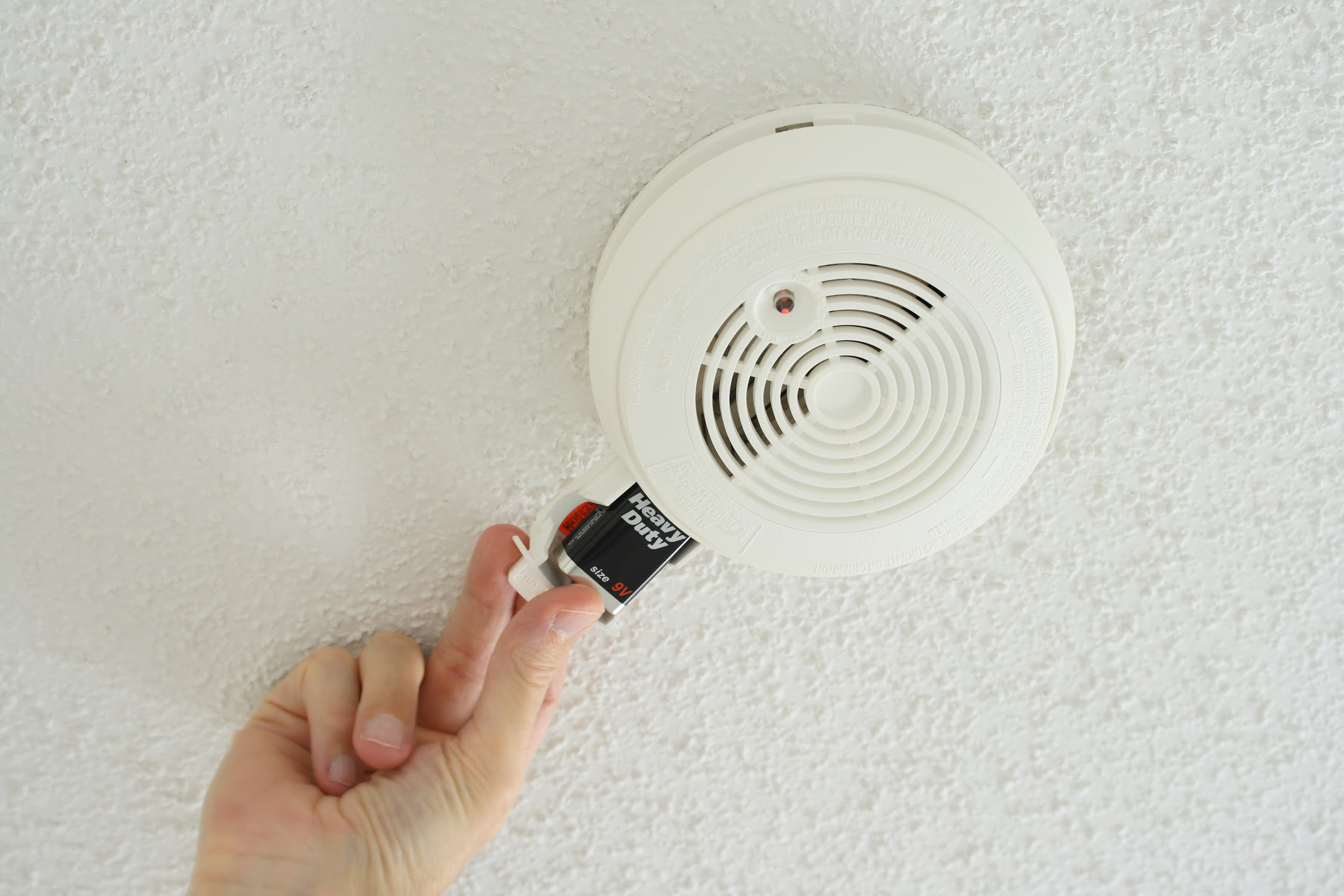
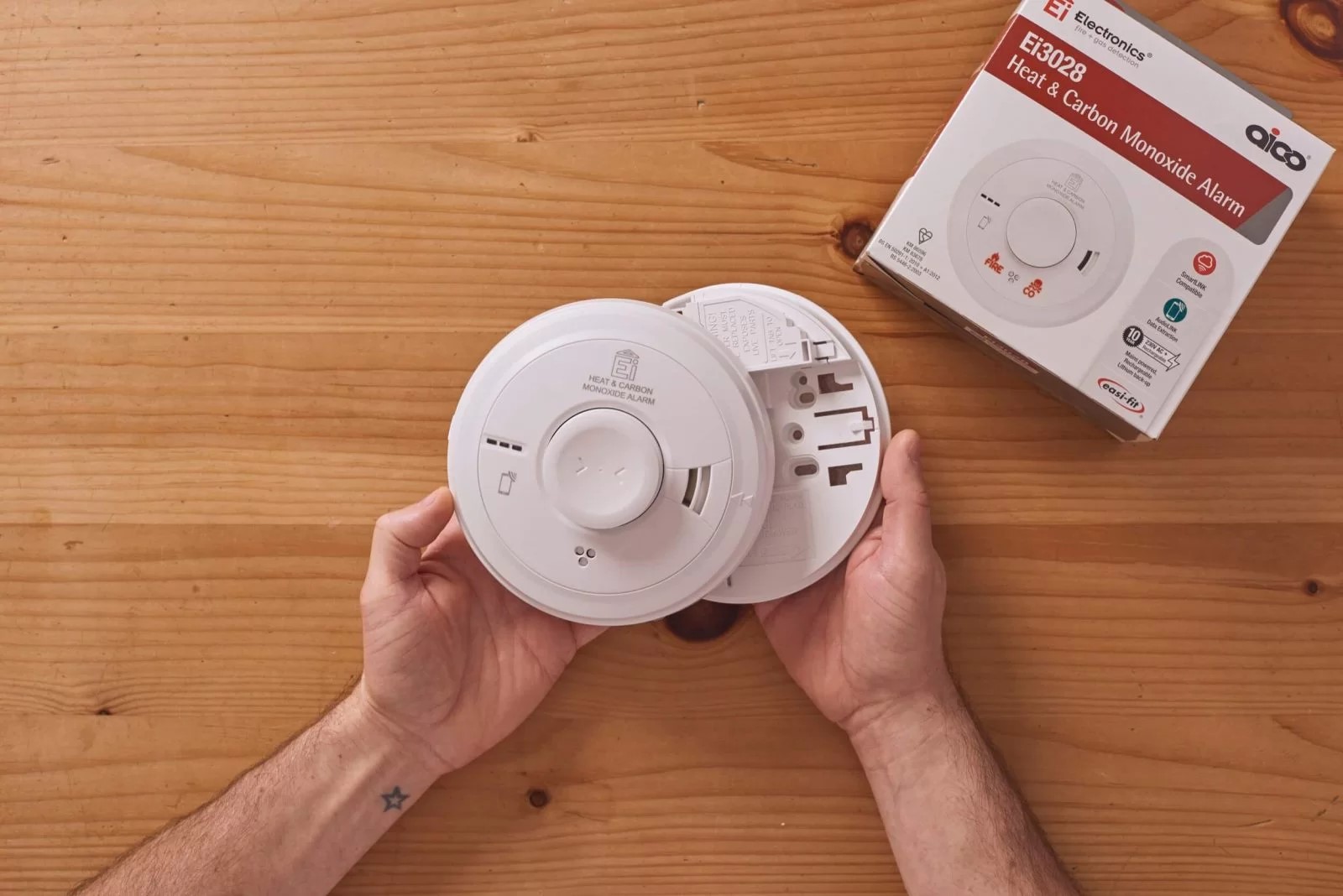
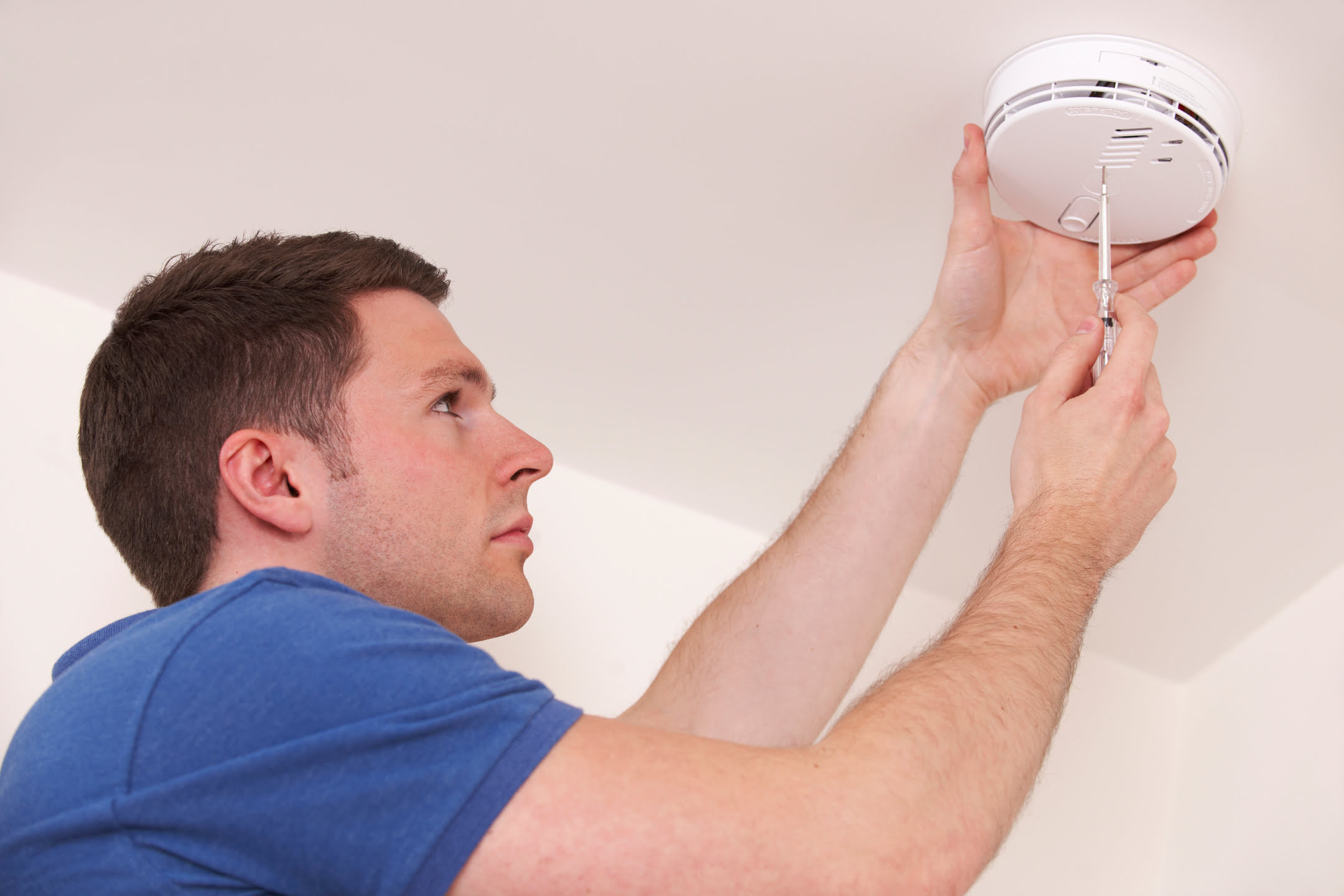
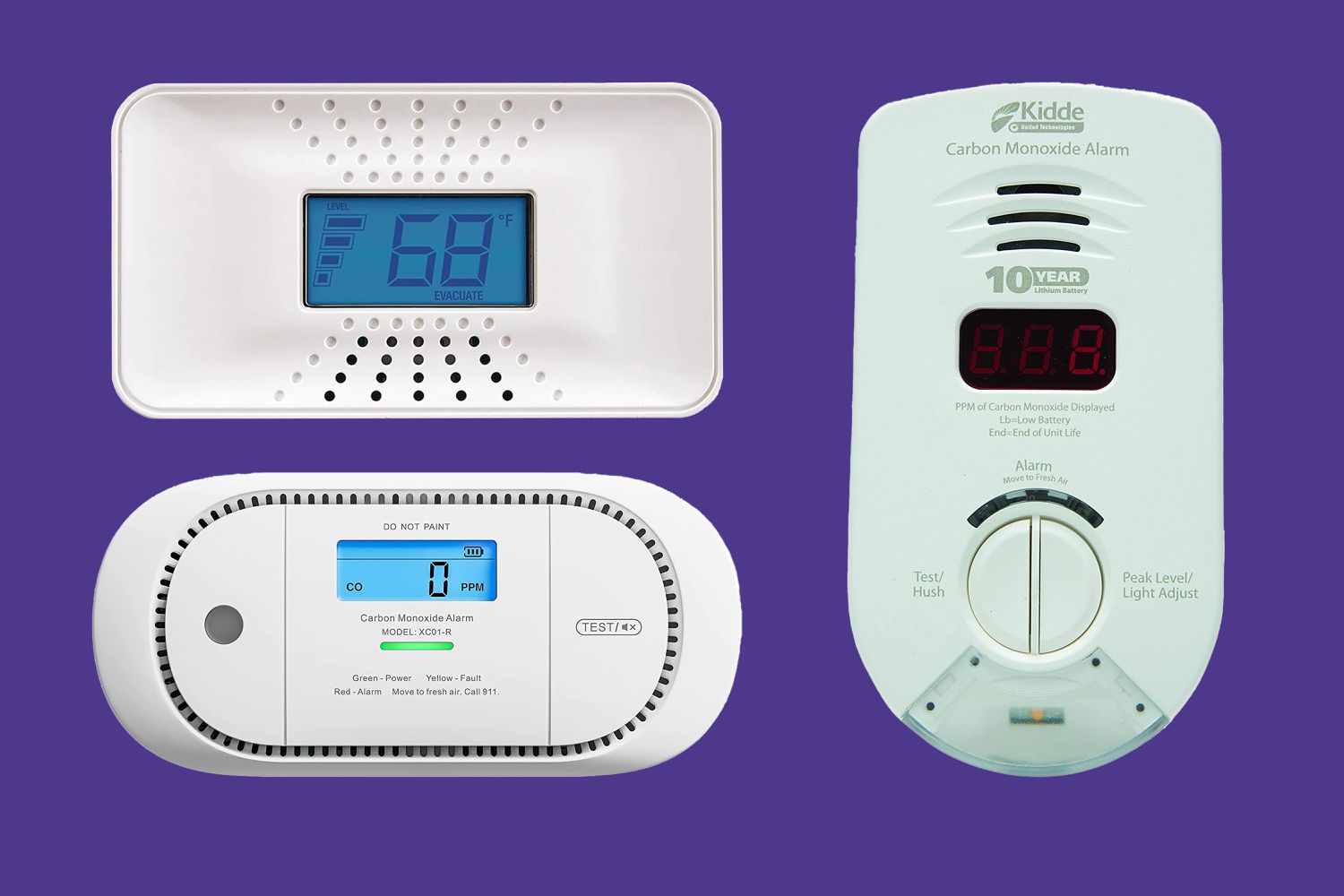
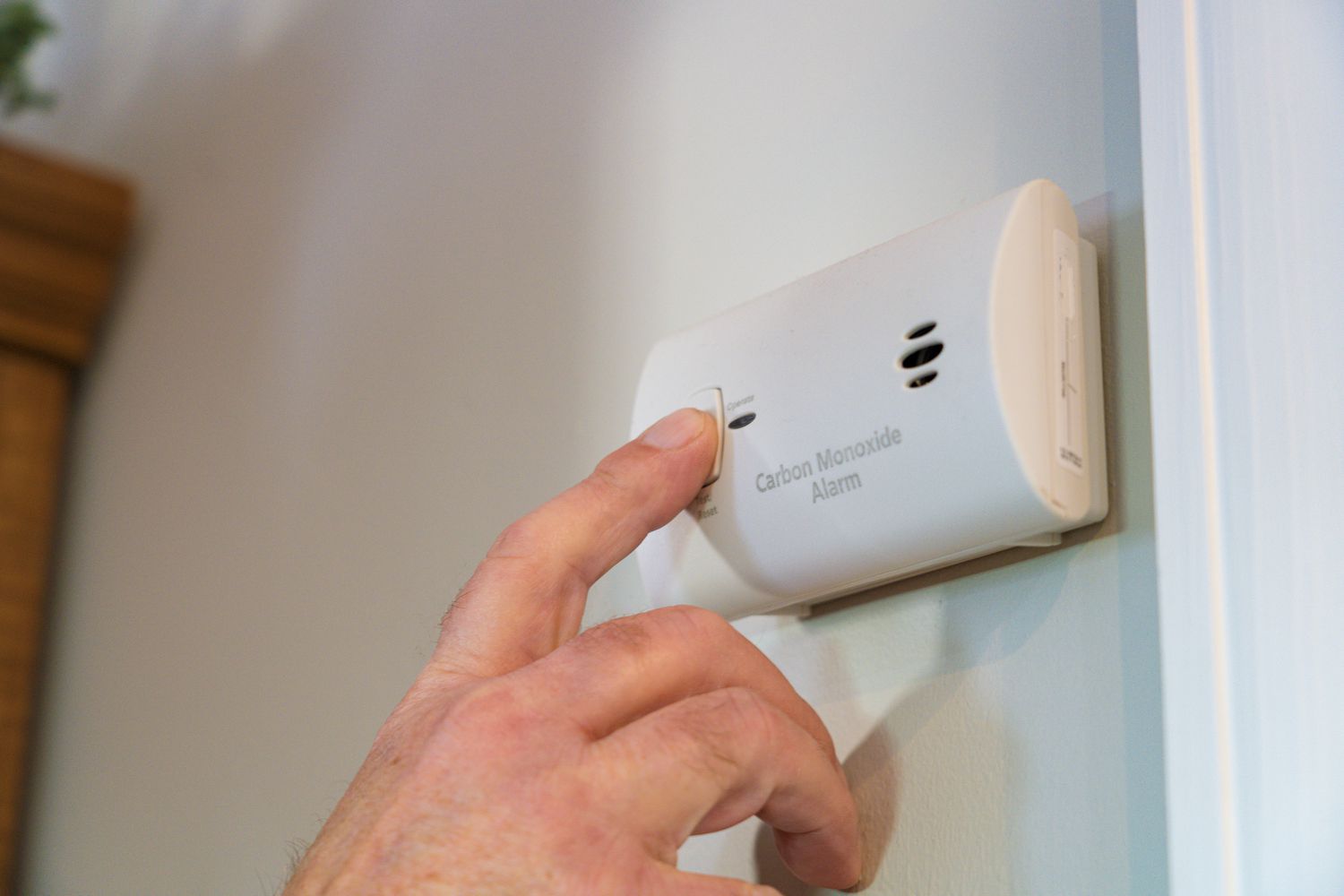
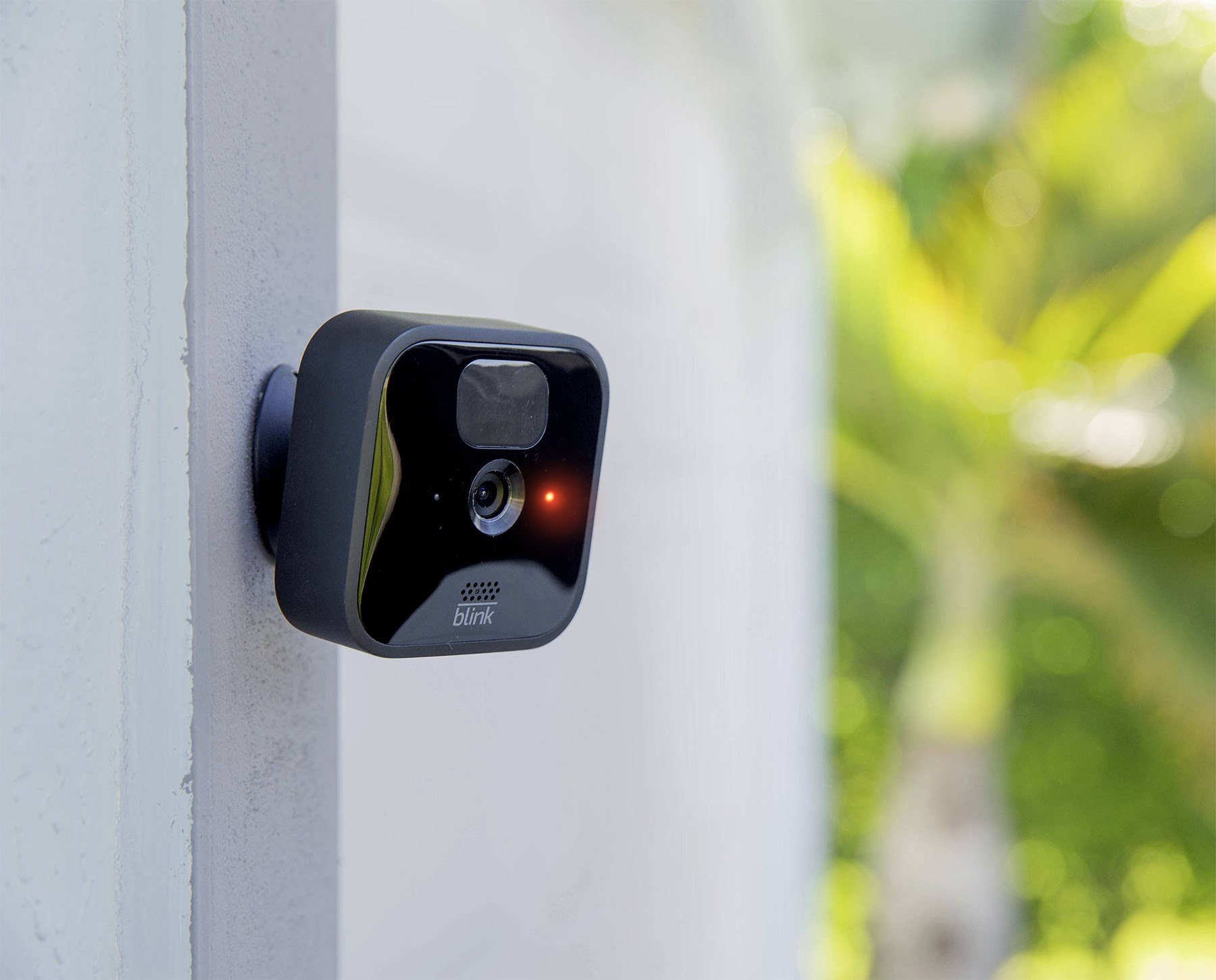

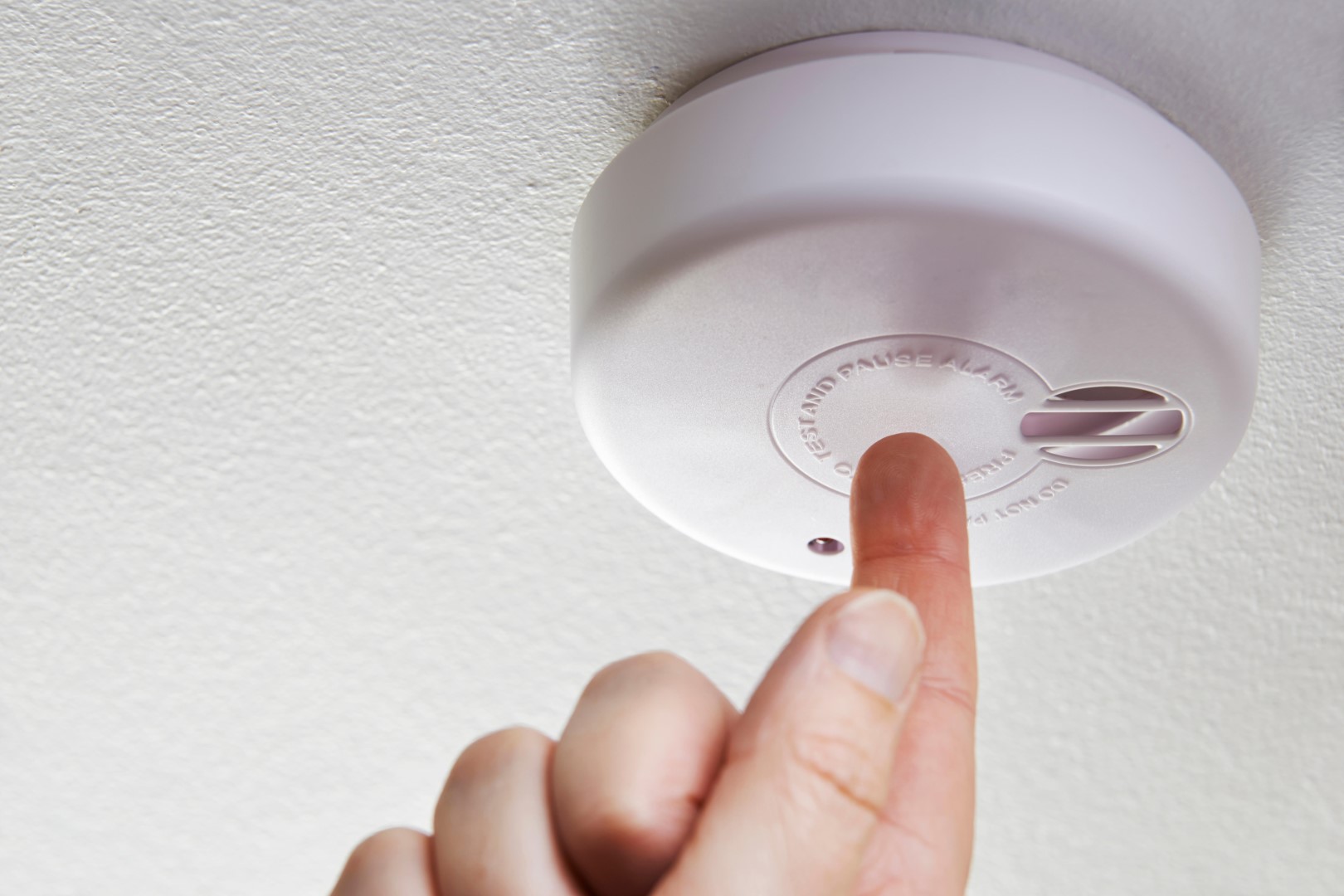
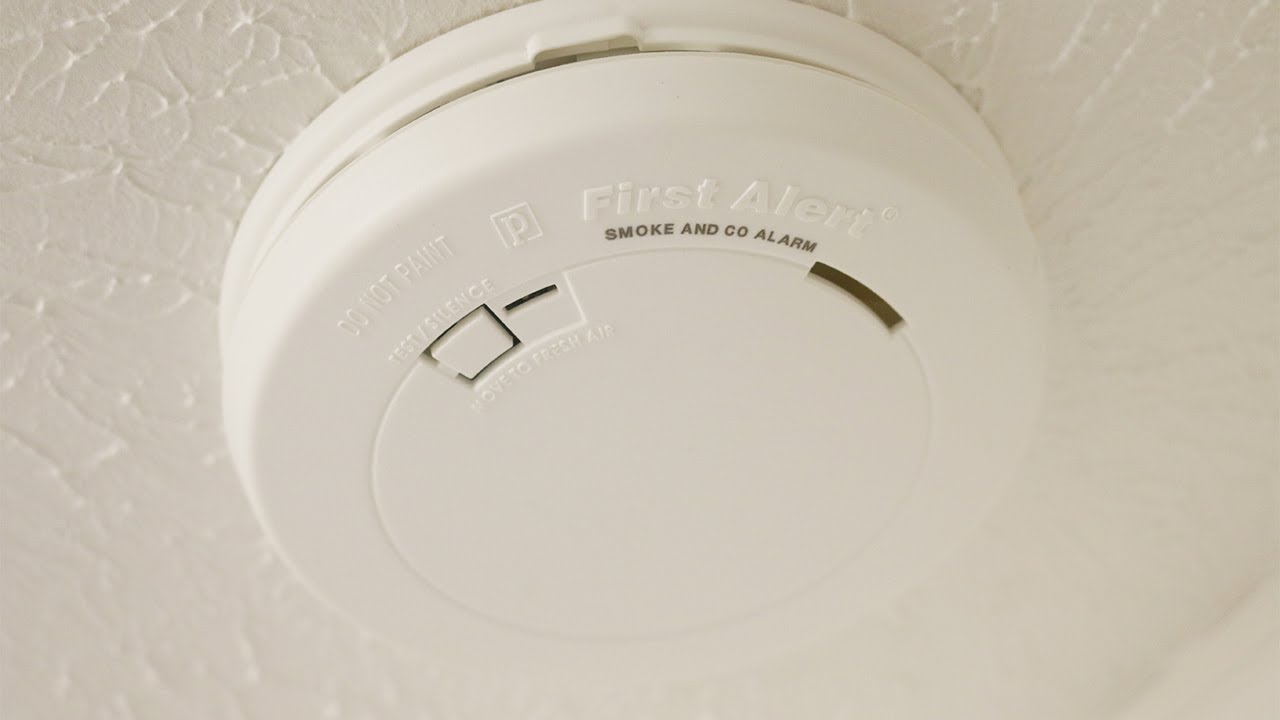
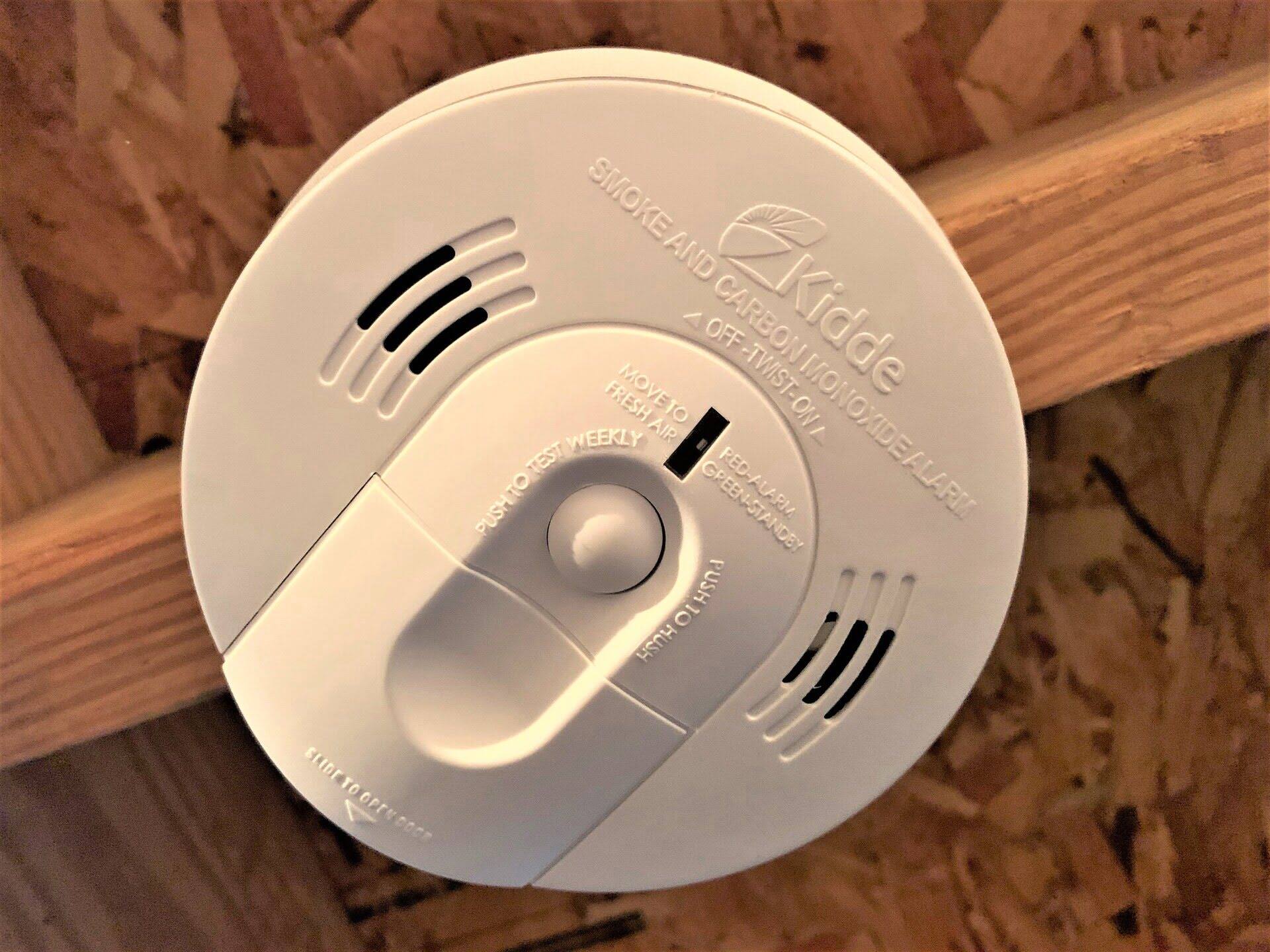

0 thoughts on “Why Is My Carbon Monoxide Detector Flashing Red”